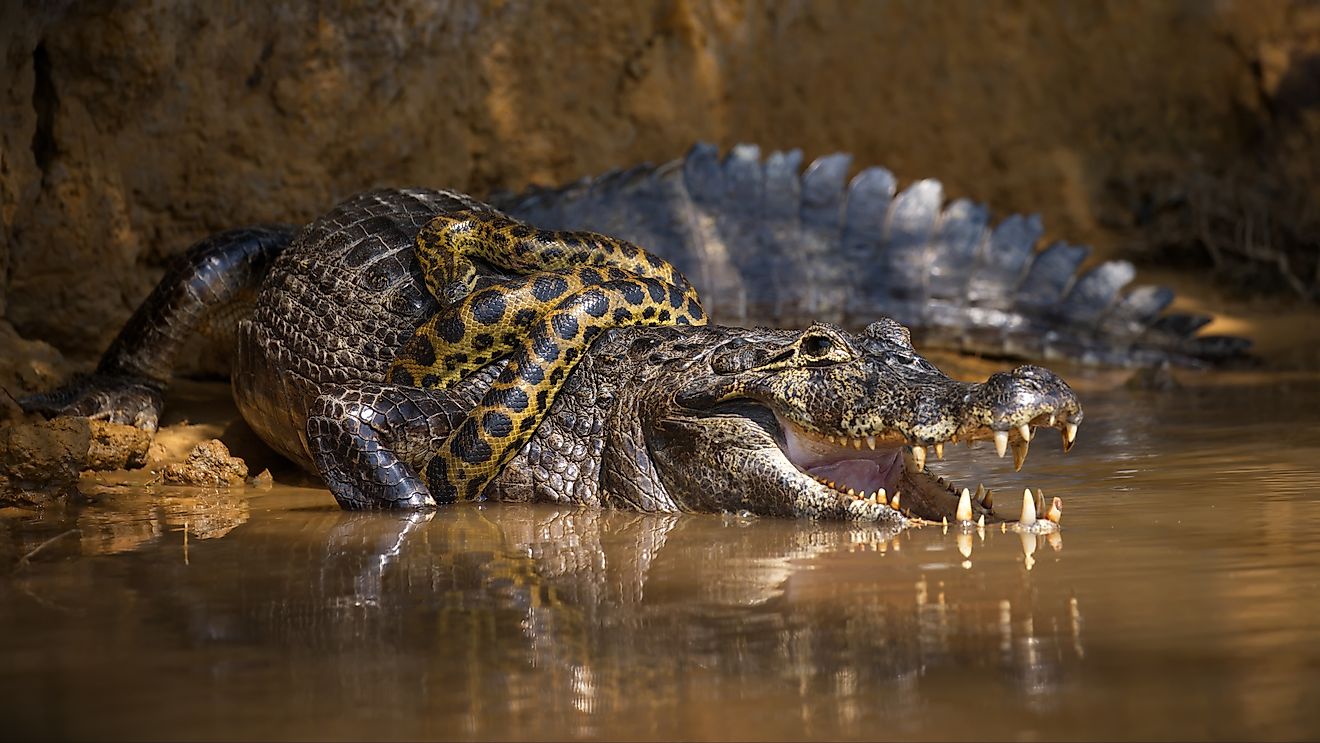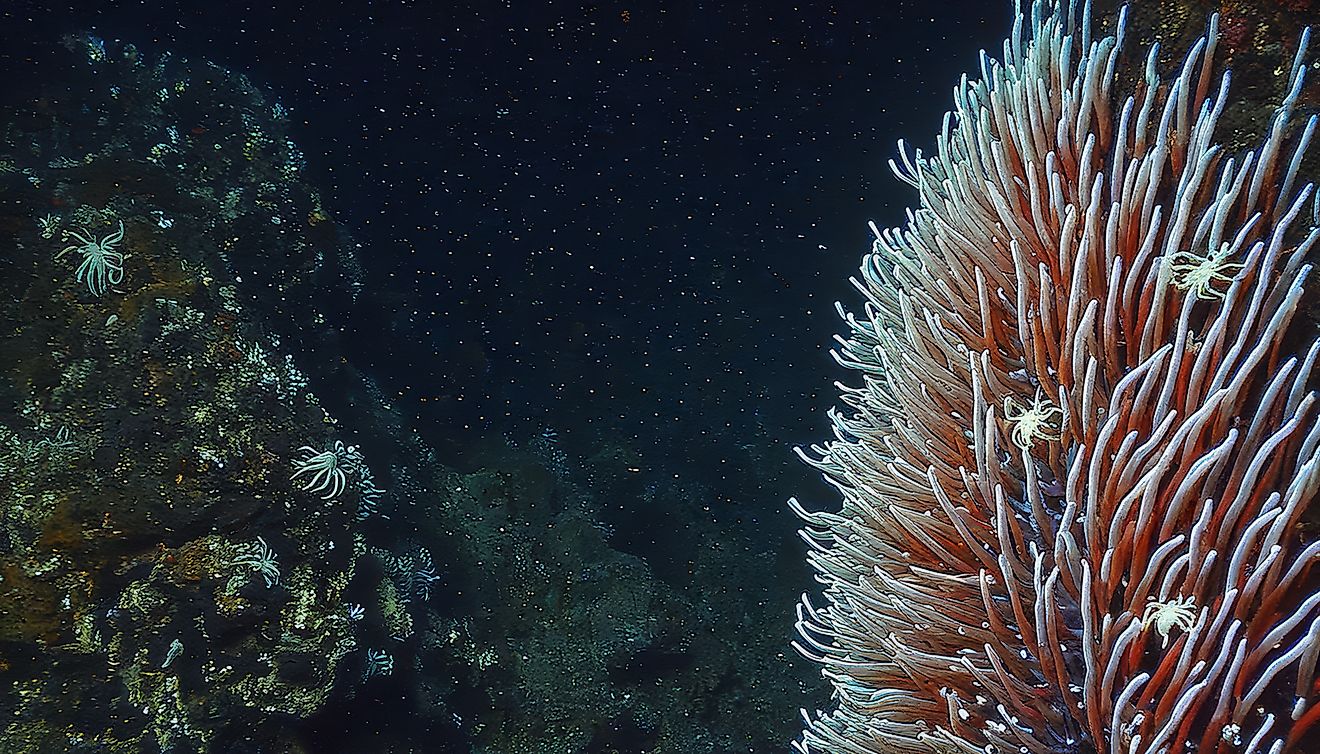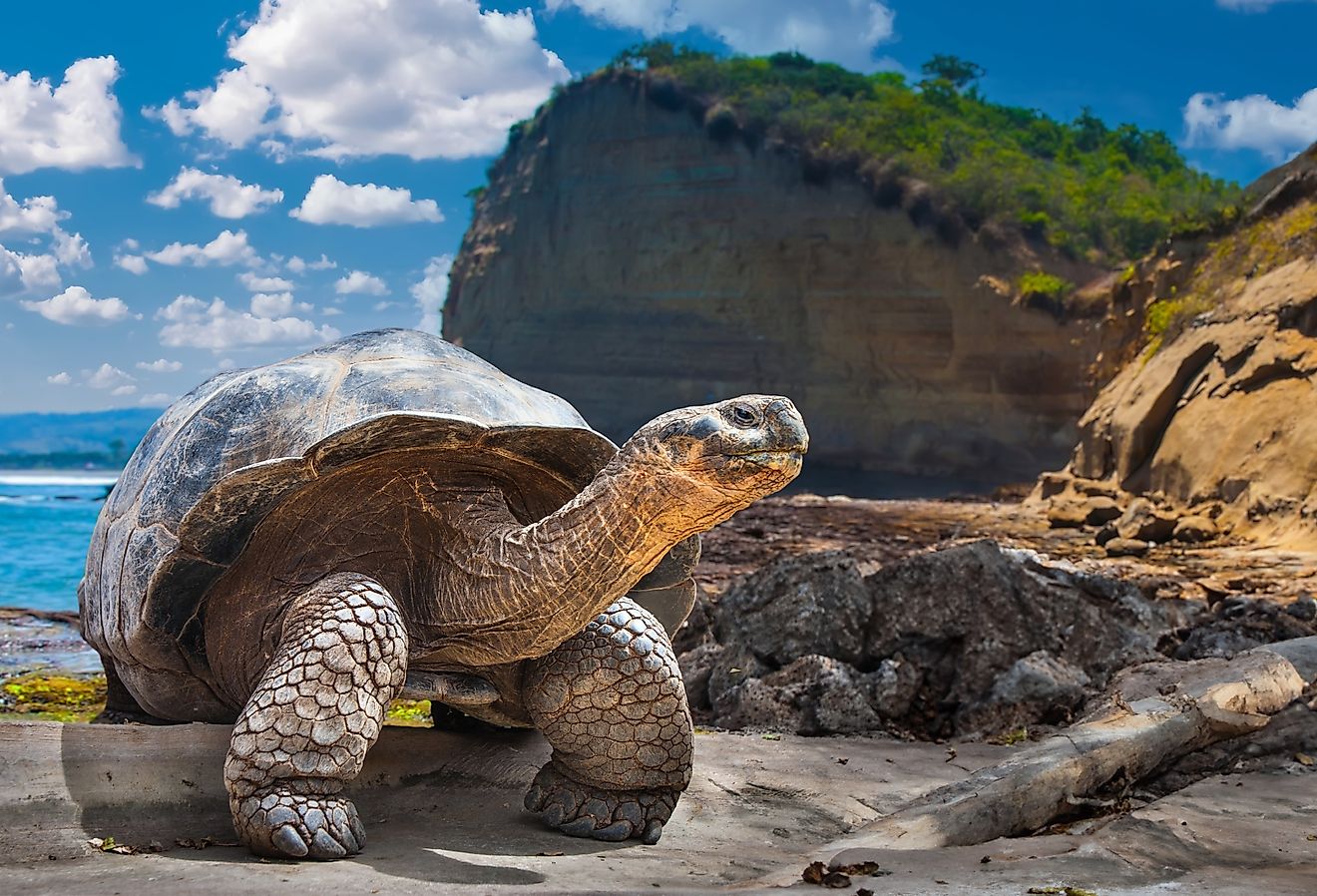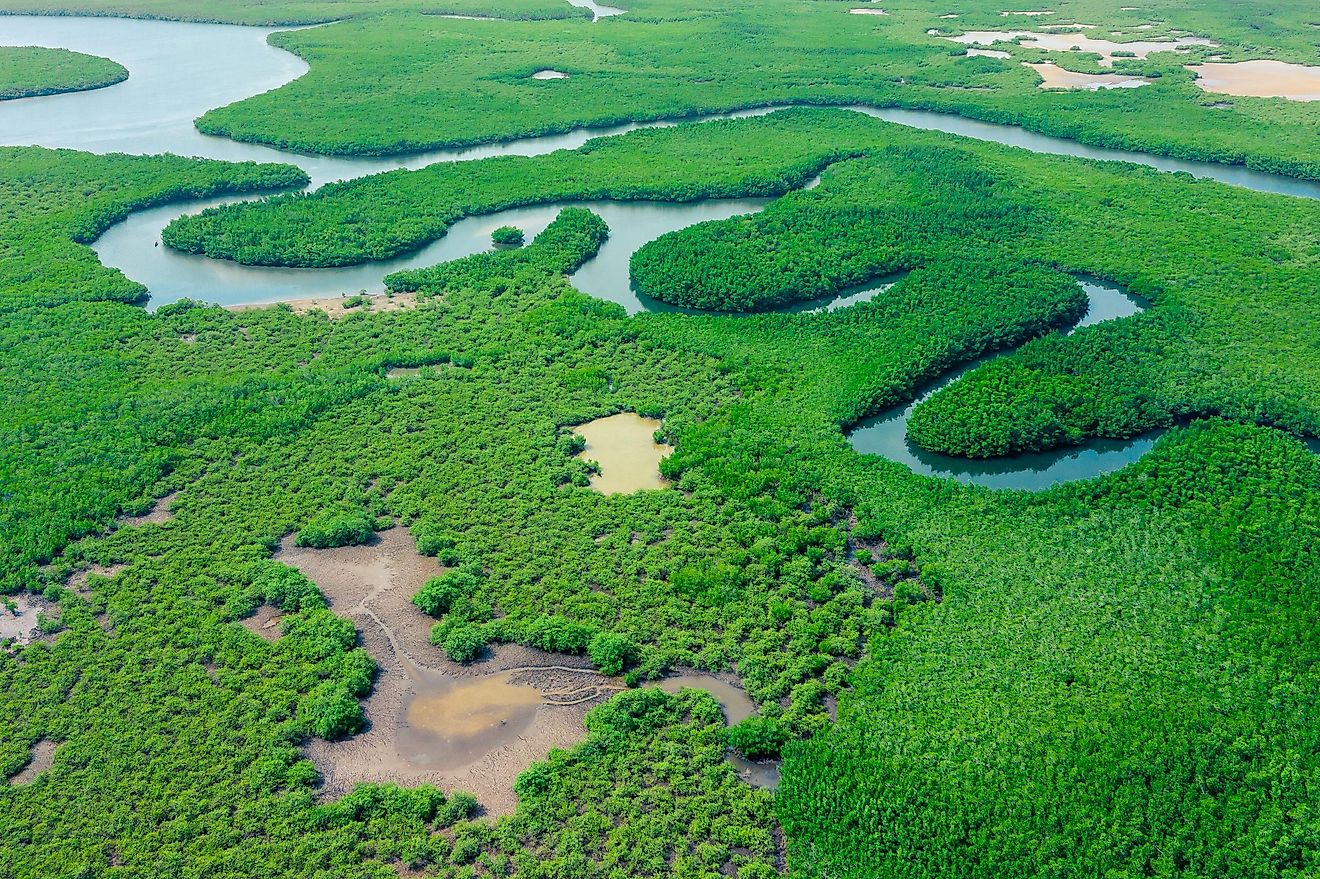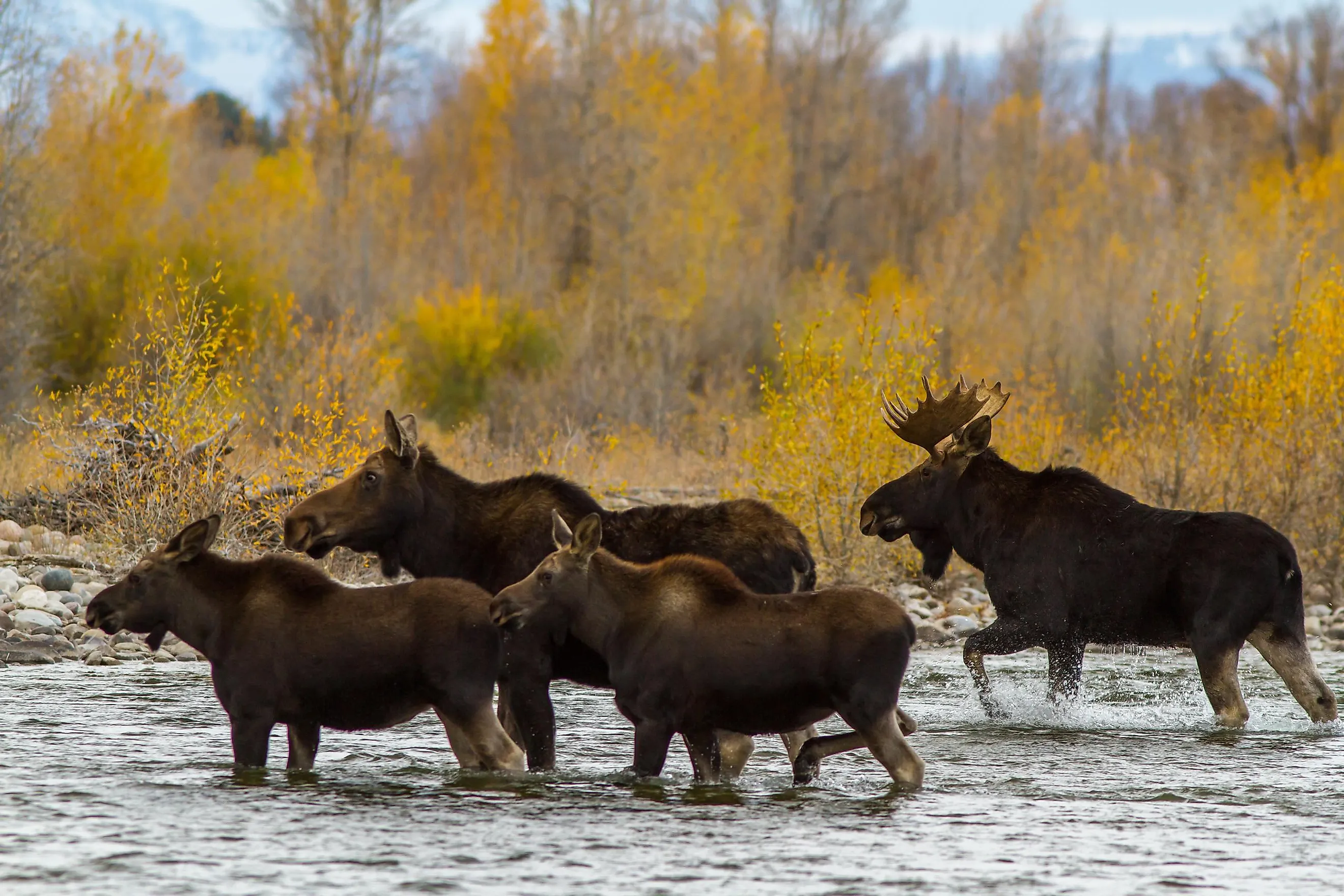
What Is A Group Of Moose Called?
The moose is the largest member of the deer family (Cervidae) and can be found throughout North America, Northern Europe, and Northern Asia. Canadians are particularly well-acquainted with one of their nation's most iconic mammals, as this hoofed herbivore can be found in nearly all parts of the world's second-largest country (by area), save for Vancouver Island, Prince Edward Island, and the Arctic. A male moose (famously recognizable by its seasonal antlers) is called a bull, a female is called a cow, and the Latin scientific name for the species is Alces alces. But what is a group of moose called? Meese? Mice? Mooses? Not quite. Gatherings of moose are called a herd. And interestingly, the plural form of moose is still moose!
Do Moose Travel In Herds?
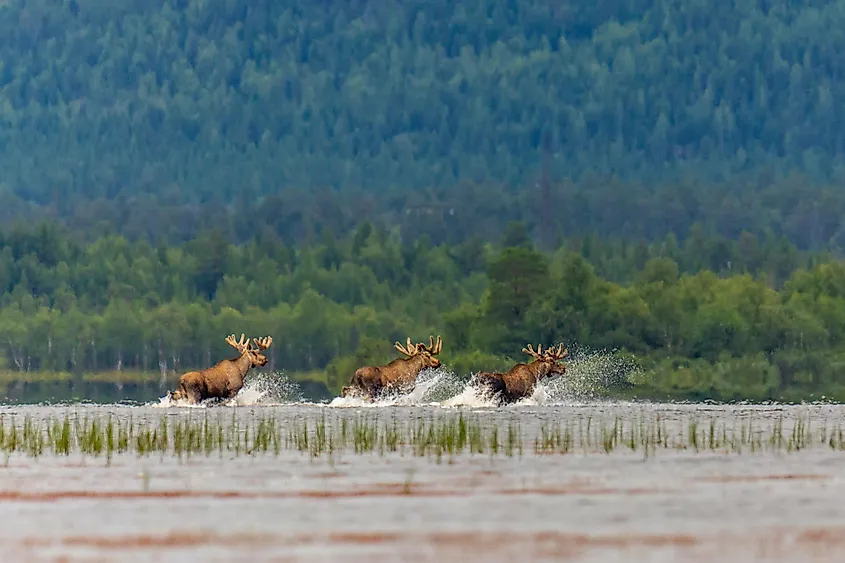
Moose are generally solitary creatures. They use their long, skinny legs to quietly move their enormous masses (upwards of 700 kilograms/1,543 pounds, and a shoulder height between 1.4 - 2.1 meters/4.6 - 6.9 feet) across the forest floor – often popping into view near a body of water or to surprise motorists on the sides of nature-immersed highways. Of course, bulls and cows do link up during mating season (i.e., "the rut"), which begins to take shape in mid-August, but kicks into high gear between mid-September and mid-October. The polygynous bulls will also confront each other in order to battle it out (or at least compare antler sizes) for a cow in question. Come springtime, after the 230-day gestation period, a mother moose will stay with her calf (or calves) for about the first year before reverting back to a solo wanderer. Finally, on some occasions, several moose might amicably gather near a stream or lake in order to feed. For any such occurrences, the term "herd" is used to describe multiple moose.
The Global Distribution Of Moose
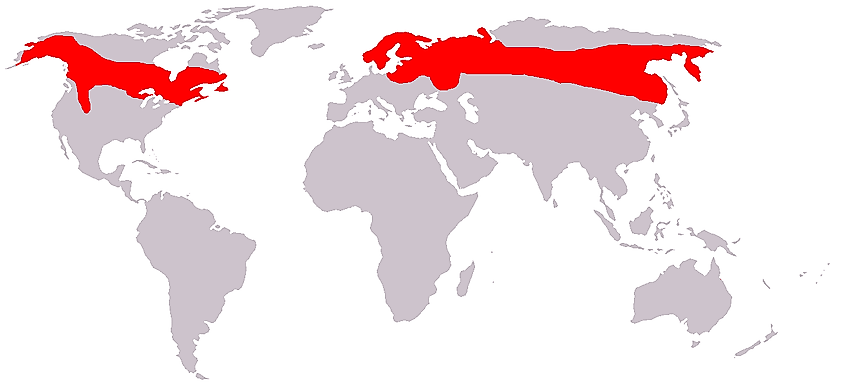
These gigantic, well-insulated ruminants like to live in the cold, or at least cooler climates, between an elevation of 0 to 2,500 meters (8,200 feet). They can be found in Northern latitude boreal, temperate broadleaf, and mixed conifer and hardwood forests throughout the corresponding lowlands, mountains, and open country, as well as in or near lakes, rivers, and wetlands. Moose also tend to flock toward areas recently logged or blazed by forest fires, as they enjoy feeding on the new vegetation that sprouts shortly after.
In the Eastern hemisphere, moose are referred to as elk (but still differ from the North American species of the same name) and used to thrive all the way South to the Pyrenees and Balkans. However, due to overhunting, stable populations are now exclusively a Northern phenomenon. While individuals have recently been spotted in Germany, Slovakia, Austria, Hungary, Romania/Moldova, and Croatia, they are more common in Northeast China, Russia, Ukraine, Poland, Mongolia, Kazakhstan, Belarus, Estonia, Latvia, Lithuania, Norway, Sweden, and Finland.
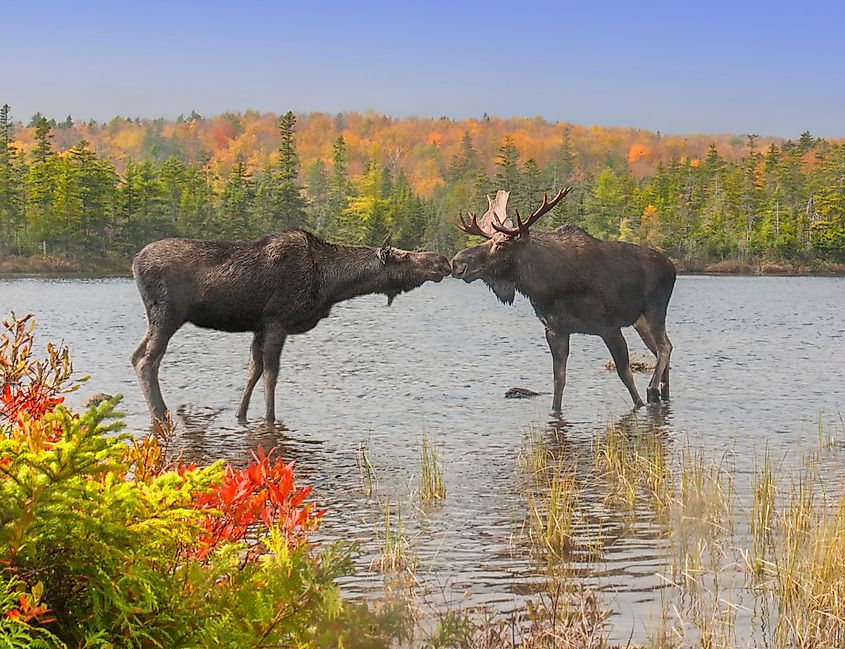
In North America, there are four subspecies of moose. The Alaska/Yukon moose (Alces alces gigas) roams America's "Last Frontier," as well as Northwestern Canada; the Shiras moose (Alces alces shirasi) inhabits the Rocky Mountains region of Canada and the U.S.; the Northwestern or simply Western, moose goes about Central Canada, and the states of North Dakota, Minnesota, and Northern Michigan; and the Eastern moose were introduced to the province of Newfoundland in the early 1900s, and also floats around New York State and Northern New England. Maine, in particular, boasts the most moose in the lower 48.
In terms of their home range, North American moose tend to keep a tight territory of about 5 to 50 miles. European elk, on the other hand, are more likely to migrate to new regions throughout their lifespan (i.e., an average of seven years for a bull, eight for a cow, and in some cases, individuals have been documented as old as twenty).
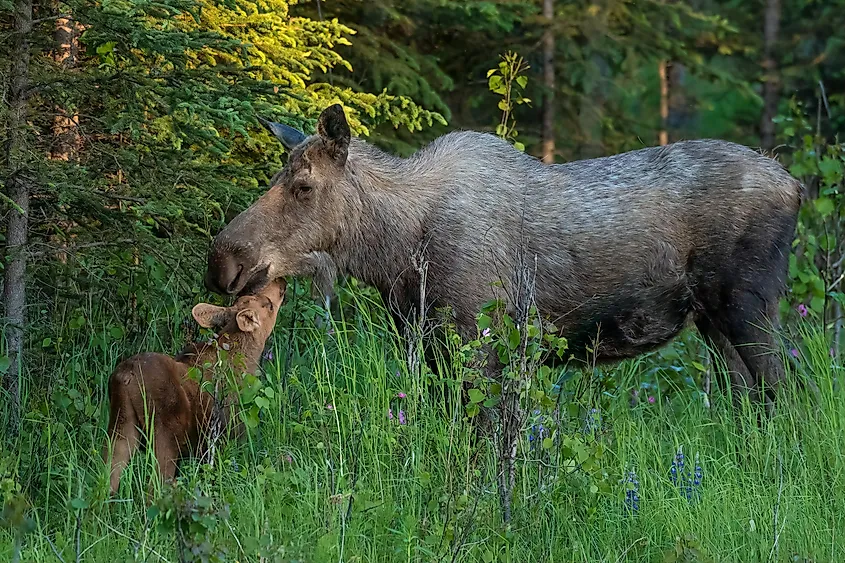
Though some moose populations still face pressures from excessive hunting and habitat loss, they are classified as "Least Concern" on the International Union for Conservation of Nature (IUCN) Red List of Endangered Species. In fact, as of the 2015 assessment, the global population was trending upwards.
Every once in a while, the English language presents curious crossroads from which it can be difficult to conjure proper directions. For example, what is a group of moose called? Adding a standard S to make it plural doesn't quite sound right. Adapting the same rule from the goose/geese example does not quite fit either (despite the similar spelling). No, the beloved Northern forest mammal plays by its own rules. A group of moose is called a herd, and the correct term for both singular and plural references is simply moose!
